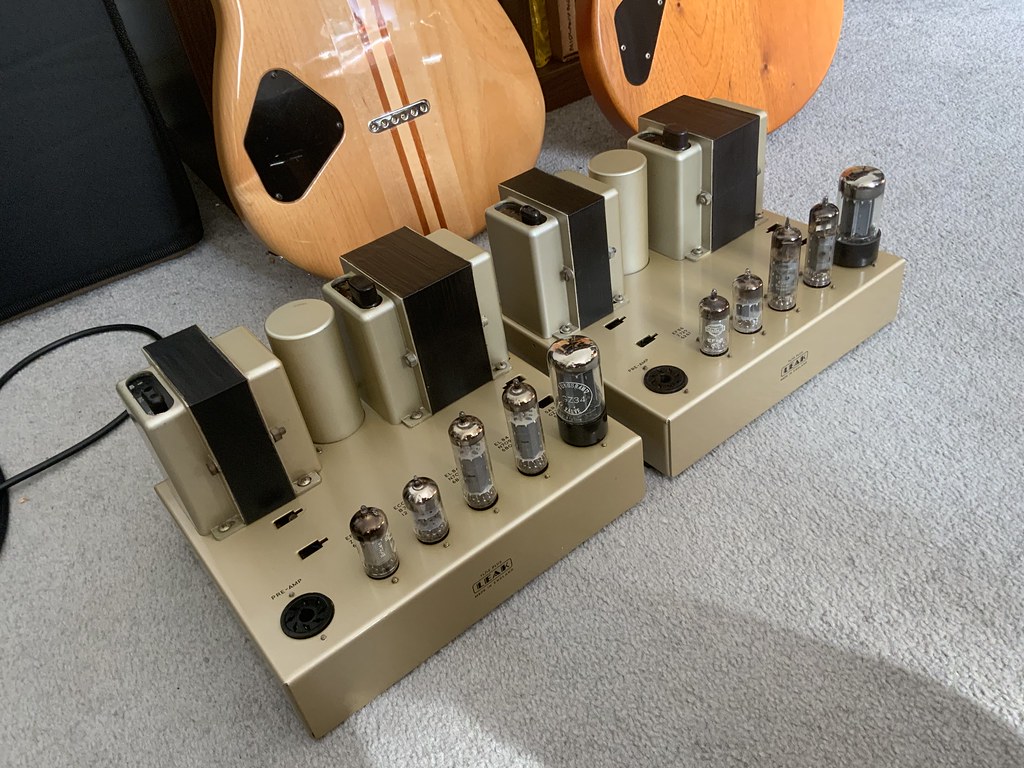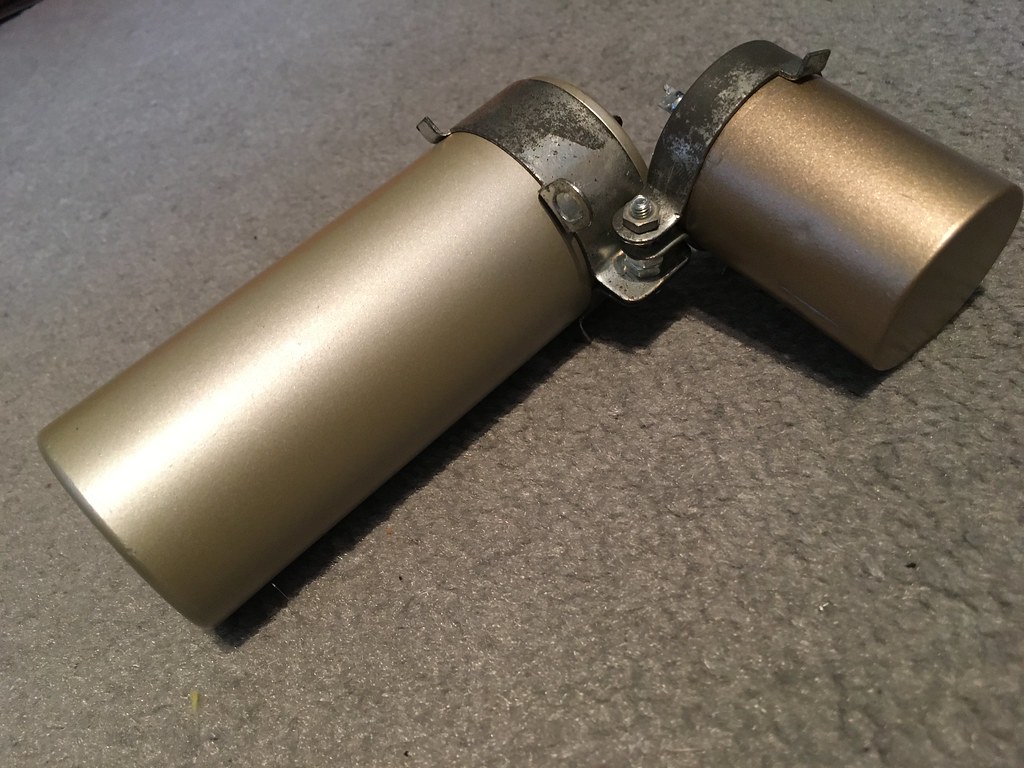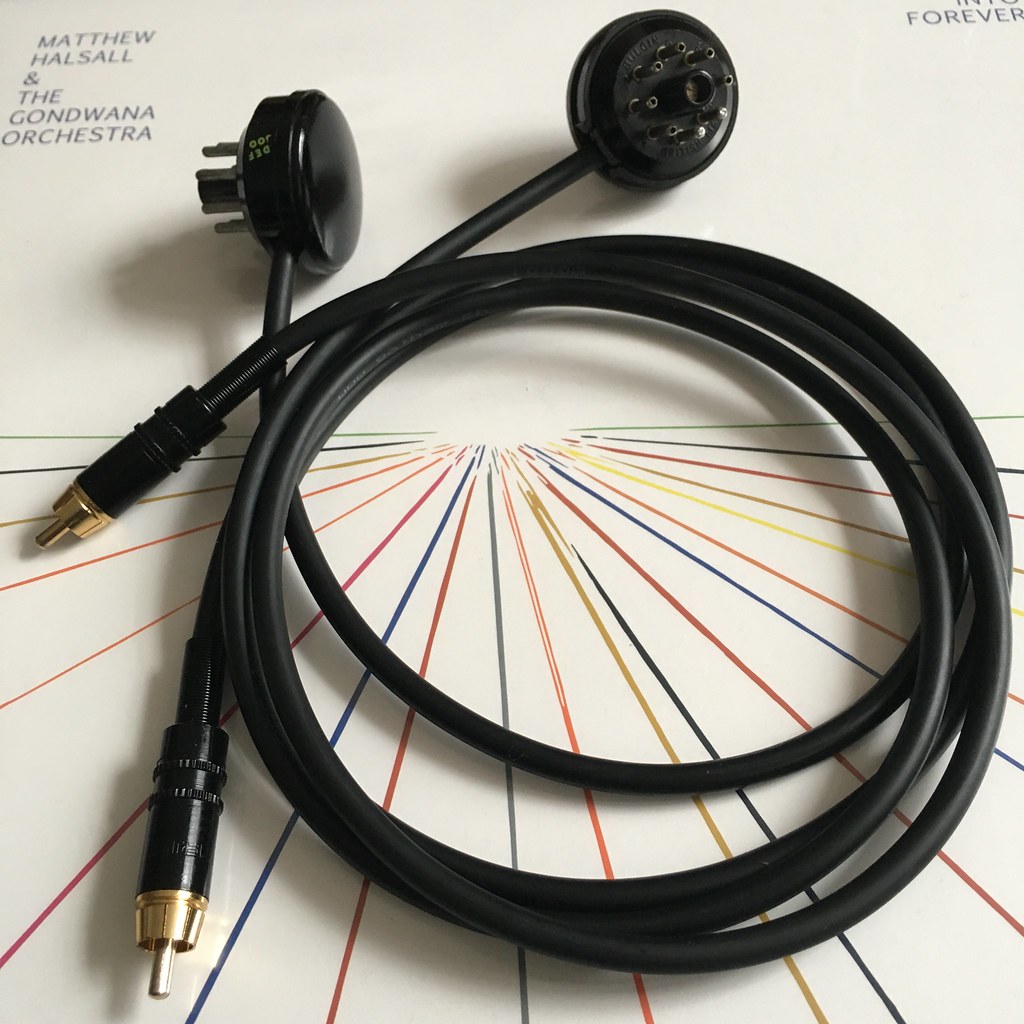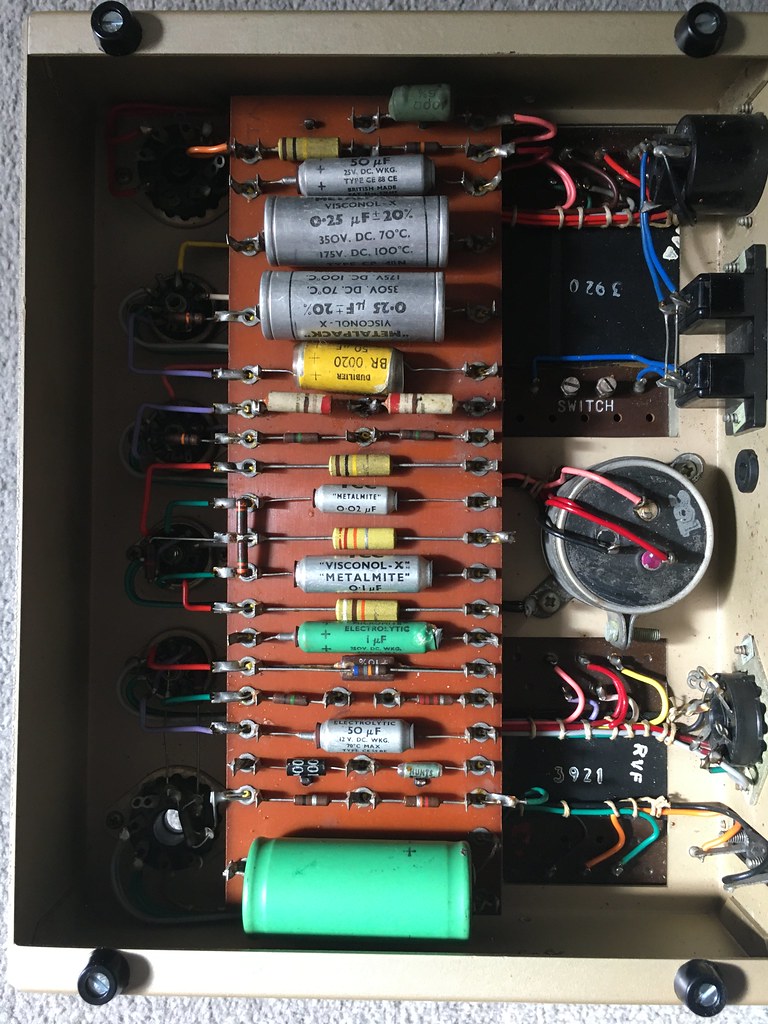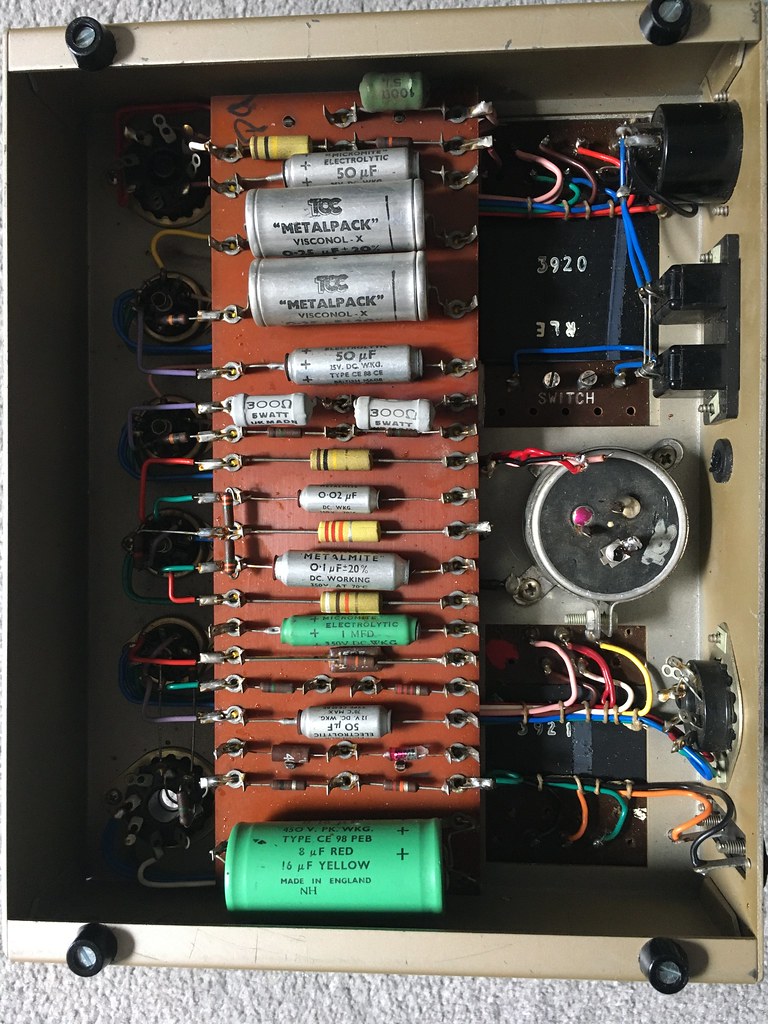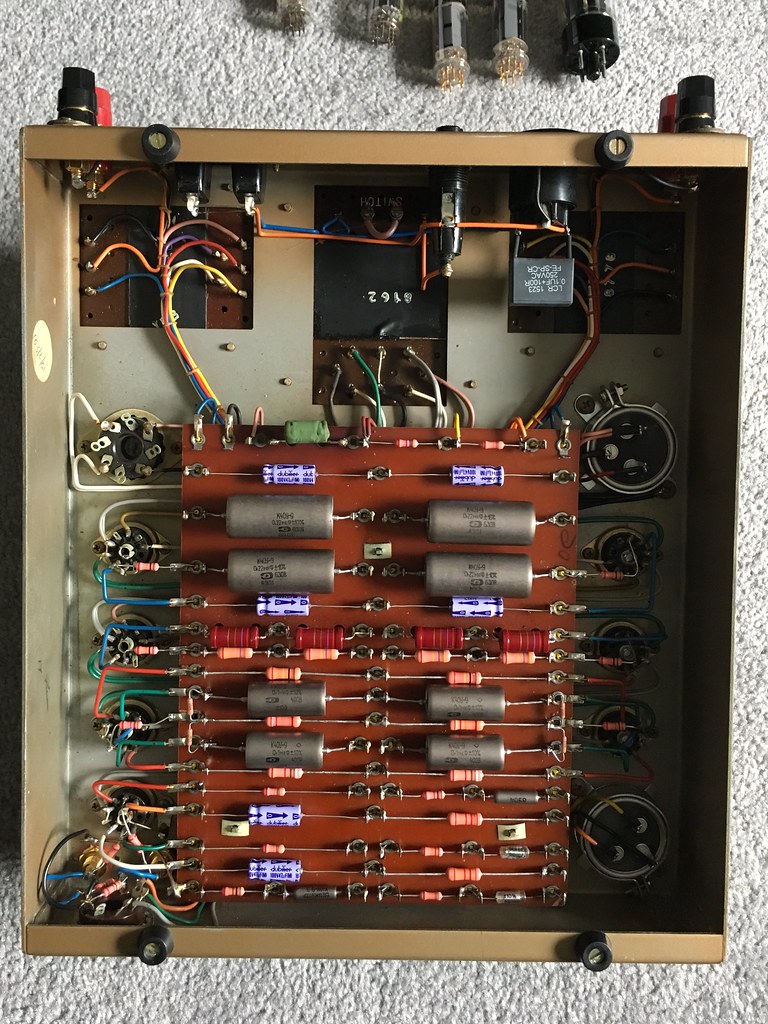Tony L
Administrator
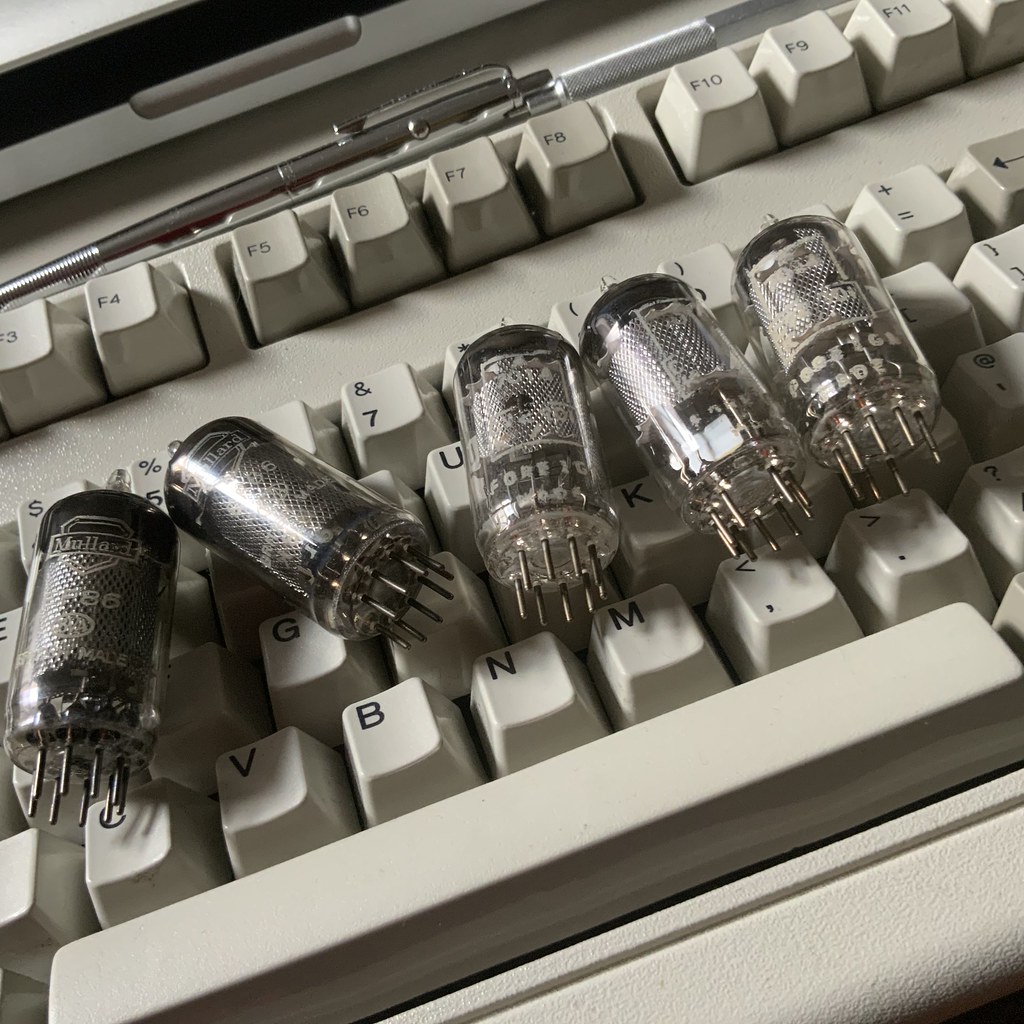
Just figured out I potentially have a rather nice stash of EF86s before amp #2 even lands (later today). I found three 1969 Belgium-made Mazda military CV2901s in my ‘random’ bucket that contains valves that came in when buying a few at the local auction to get one or two I needed. The Mullards are 1958 square getter long mesh types with matching date codes from the Point One preamp. There’s another one in the existing TL12+, so three each of those. There should be another three coming later today (one in the TL12+, two in the Varislope III) when amp #2 is delivered by DPD. I have no way of testing EF86s beyond actually trying them in a live amp, but thankfully this looks like a valve I won’t need to go out and buy a stash of. One would hope most of them still work!


